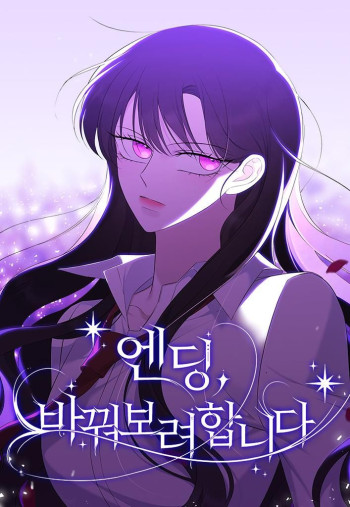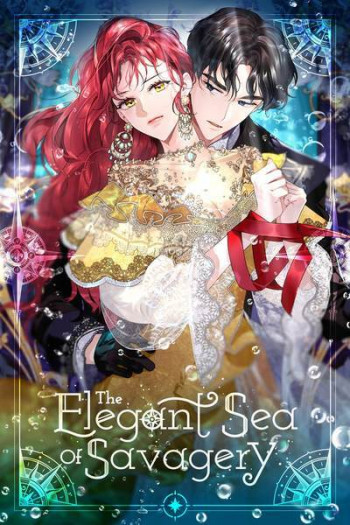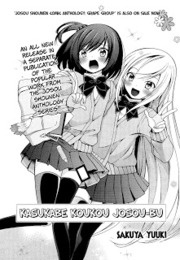Summary

A Different Blue
by Amy Harmon
Blue Echohawk doesn't know who she is. She doesn't know her real name or when she was born. Abandoned at two and raised by a drifter, she didn't attend school until she was ten years old. At nineteen, when most kids her age are attending college or moving on with life, she is just a senior in high school. With no mother, no father, no faith, and no future, Blue Echohawk is a difficult student, to say the least. Tough, hard and overtly sexy, she is the complete opposite of the young British teacher who decides he is up for the challenge, and takes the troublemaker under his wing.
This is the story of a nobody who becomes somebody. It is the story of an unlikely friendship, where hope fosters healing and redemption becomes love. But falling in love can be hard when you don't know who you are. Falling in love with someone who knows exactly who they are and exactly why they can't love you back might be impossible.
.
Read
A Different Blue on http://kissnovel.net
Martial Peak Reviews
Amy Harmon’s A Different Blue is a poignant exploration of identity, belonging, and the transformative power of love. The novel centers around Blue Echohawk, a young woman whose life has been marred by abandonment and instability. Abandoned at the tender age of two and raised by a drifter, Blue’s formative years are devoid of the nurturing and guidance that most children take for granted. This backstory sets the stage for a narrative that is both heart-wrenching and inspiring, as it delves into the complexities of self-discovery and the quest for connection.
From the outset, Harmon paints a vivid picture of Blue's tumultuous existence. She is a character who embodies resilience, yet her tough exterior masks a deep-seated vulnerability. The author skillfully portrays Blue as a “difficult student,” a label that encapsulates her struggles with authority, trust, and her own sense of self-worth. The contrast between Blue and her new British teacher, Mr. Larkin, is striking. He represents stability, intellect, and a sense of purpose that Blue has never known. Their relationship becomes the crux of the story, serving as a catalyst for Blue’s transformation.
One of the most compelling themes in A Different Blue is the notion of identity. Blue’s journey is not just about falling in love; it is about understanding who she is beyond the labels that have been imposed upon her. Harmon deftly explores the idea that identity is multifaceted and often shaped by our experiences and relationships. As Blue grapples with her past, she begins to uncover the layers of her identity, leading to moments of profound self-realization. This theme resonates deeply with readers, particularly those who have faced their own struggles with self-acceptance.
The character development in the novel is exceptional. Harmon crafts Blue with a depth that makes her relatable and real. Readers witness her evolution from a troubled teen to a young woman who begins to embrace her worth. Mr. Larkin, too, is a well-rounded character whose own struggles with love and commitment add complexity to the narrative. His initial determination to help Blue becomes a journey of mutual healing, as both characters learn from one another. The dynamic between them is beautifully rendered, filled with tension, hope, and the bittersweet nature of love.
Harmon’s writing style is both lyrical and accessible, drawing readers into Blue’s world with vivid imagery and emotional depth. The dialogue is authentic, capturing the nuances of teenage angst and the complexities of adult relationships. Harmon does not shy away from the darker aspects of Blue’s life, yet she balances this with moments of lightness and humor, creating a well-rounded narrative that is both engaging and thought-provoking.
Another significant theme in the book is the idea of redemption. Blue’s journey is not just about finding love; it is about finding forgiveness—both for herself and for those who have wronged her. This theme is particularly poignant as it highlights the importance of letting go of the past in order to embrace the future. Harmon illustrates that redemption is a process, one that requires courage and vulnerability. As Blue learns to forgive, she also learns to love, and this transformation is beautifully depicted throughout the novel.
In comparison to other coming-of-age stories, A Different Blue stands out for its raw honesty and emotional depth. Readers who enjoyed novels like The Perks of Being a Wallflower by Stephen Chbosky or Looking for Alaska by John Green will find a kindred spirit in Blue. Both authors explore themes of identity and belonging, yet Harmon’s narrative is uniquely her own, infused with a sense of hope that permeates even the darkest moments.
The impact of A Different Blue extends beyond its pages. It challenges readers to reflect on their own identities and the relationships that shape them. Harmon’s portrayal of Blue’s struggles serves as a reminder that everyone has a story, and that understanding and compassion can foster healing. The novel encourages readers to embrace their own journeys, no matter how difficult, and to recognize the power of love in its many forms.
In conclusion, A Different Blue is a beautifully crafted novel that resonates on multiple levels. Amy Harmon has created a compelling narrative that explores the intricacies of identity, love, and redemption through the eyes of a young woman who is both lost and found. The emotional depth of the characters, combined with Harmon’s lyrical prose, makes this book a must-read for anyone seeking a story that is both heartwarming and thought-provoking. It is a testament to the resilience of the human spirit and the transformative power of connection, leaving readers with a sense of hope and a deeper understanding of what it means to truly belong.
























Reviews 0
Post a Reviews: